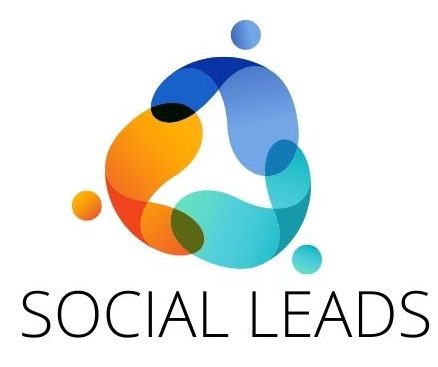In an era where technology continually redefines our digital interactions, the concept of face-swapping has taken center stage. Originally a fun gimmick for social media enthusiasts, face-swapping has evolved into a controversial tool, especially when it enters the NSFW (Not Safe For Work) realm. This blog post aims to explore the prevalence, implications, and ethical considerations surrounding NSFW face swap online without naming competitors.
What is NSFW Face Swap?
NSFW face swaps involve replacing one person’s face with another’s in explicit or adult-themed content. This technology leverages advanced AI and machine learning algorithms to produce remarkably realistic images and videos. While face swaps can be used for harmless fun, their application in NSFW content raises significant concerns.
The Technology Behind Face Swaps
The backbone of face-swapping technology is artificial intelligence, specifically deep learning models known as Generative Adversarial Networks (GANs). These networks analyze a plethora of facial data to generate highly realistic facial transformations. The realism achieved through these tools has grown exponentially, making it difficult to distinguish between genuine and altered images.
The Appeal of Face Swapping
Face-swapping technology draws users for several reasons:
- Entertainment: Initially popularized by apps and social media filters, face swaps offer a fun way to engage with friends and followers.
- Creativity: Artists and content creators use face swaps for various projects, including parody videos and digital artwork.
- Experimentation: Users often explore different looks or identities in a safe, virtual environment.
Ethical and Legal Concerns
Despite its popularity, NSFW face swapping presents numerous ethical and legal issues:
- Consent: Using someone’s face without permission, especially in explicit content, breaches personal privacy and consent.
- Defamation: Altered images can tarnish reputations, leading to emotional distress and professional setbacks.
- Legality: Many regions lack clear legal frameworks addressing the misuse of face-swapped content, complicating enforcement and protection measures.
The Responsibility of Users and Developers
- Ethical Usage: Users must be aware of the ethical boundaries and potential consequences of their actions.
- Platform Policies: Developers should implement strict guidelines to prevent the misuse of face-swapping technology in NSFW content.
- Awareness Campaigns: Educating the public about the ethical and legal ramifications can deter misuse and promote responsible usage.
Conclusion
The rise of NSFW face swaps online signifies a broader trend in digital manipulation powered by AI. While the technology holds immense creative potential, its misuse poses significant ethical and legal challenges. By fostering a culture of responsible usage and reinforcing legal frameworks, we can mitigate the adverse effects and harness the positive aspects of face-swapping technology.
